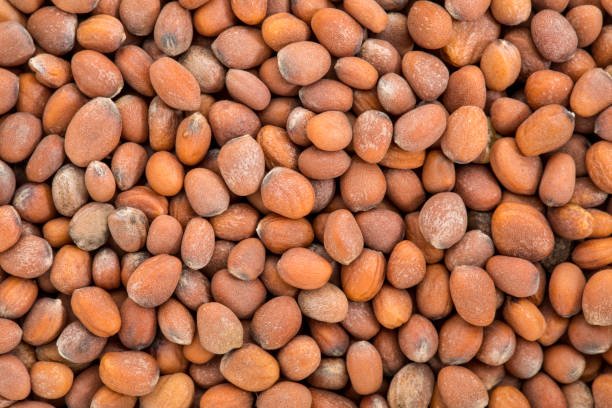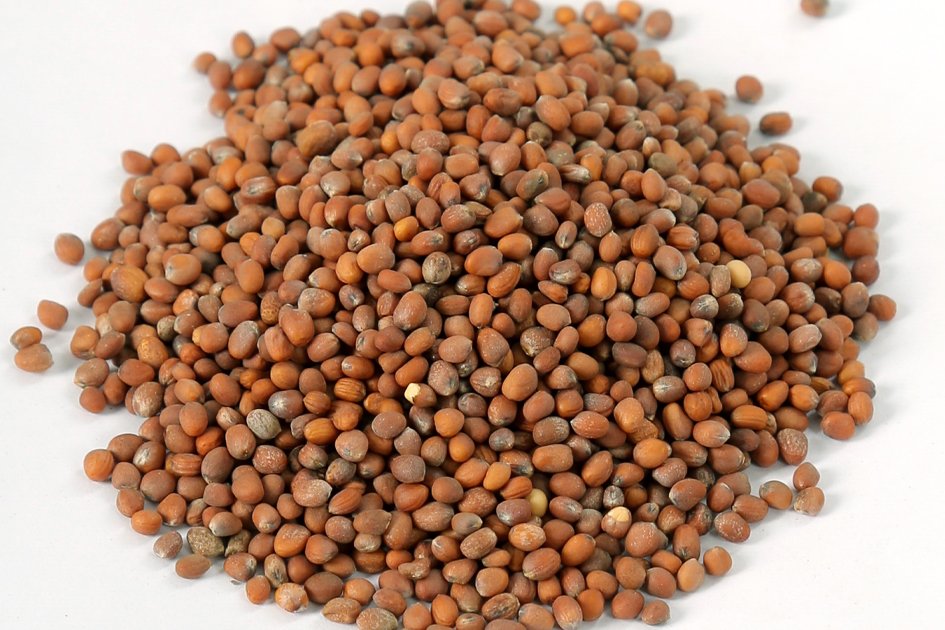Description:
Radish seeds are small, round to oval, and light brown in color. They are used for planting radishes, but they also have culinary, medicinal, and nutritional uses. Radish seeds can be consumed raw, sprouted, or ground into powder for various applications.
Shape: Oval or slightly round
Color: Brown to reddish-brown
Size: 2–4 mm in length
Texture: Smooth and hard outer coat
Odor: Mild, earthy smell
Contains glucosinolates, which contribute to the spicy flavor
Rich in isothiocyanates (such as sulforaphane)
High in essential oils and alkaloids
Contains phenolic compounds and antioxidants
Nutritional Information (per 100g):
Energy: ~480 kcal
Protein: ~25–30 g
Fat: ~35–40 g (mainly unsaturated fats)
Carbohydrates: ~10–15 g
Fiber: 80–10 g
Rich in vitamins (especially B-complex) and minerals (calcium, magnesium, iron)
“Compliant with local and European standards according to food safety regulations.”
Moisture content: ≤ 8%
Purity: ≥ 98%
Gerination rate: ≥ 85%
Free from foreign matter and pests
Uniform size and color
Total Plate Count: < 10⁴ CFU/g
Yeast & Mold: < 10² CFU/
Salmonella: Absent in 25g
E. coli: Absent in 1g
Aflatoxins: Within permissible limits
As per the customer’s request, polypropylene bags and cartons.”
Should be stored in a cool, dry place away from sunlight
Ideal storage temperature: 10–20°C
Use moisture-proof and insect-resistant packaging material
Up to 12–24 months under proper storage condition
Traceability and Compliance;
Origin :Egypt
Application
Culinary: Used in sprouting, salads, and spice mixes
Medicinal: Supports digestion, detoxification, and liver health
Oil Extraction: Used to produce radish seed oi
Cosmetics: Ingredients in skincare for antioxidant properties
Agriculture: Sowing and cover cropping
Contact information:



